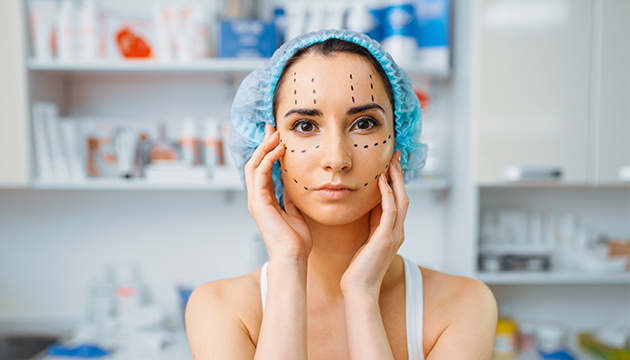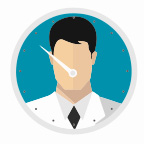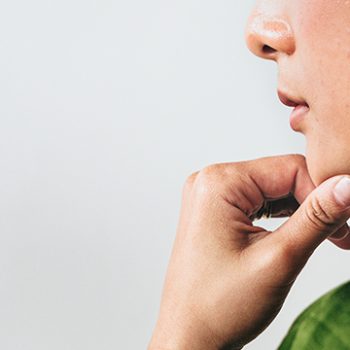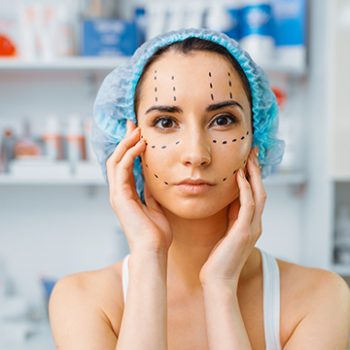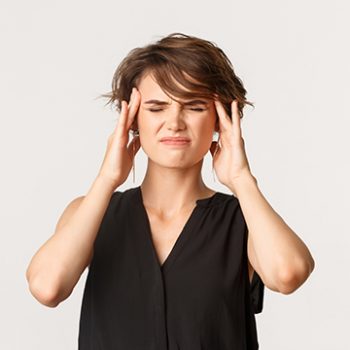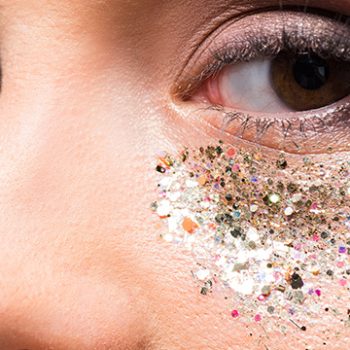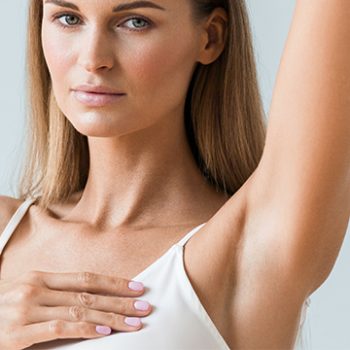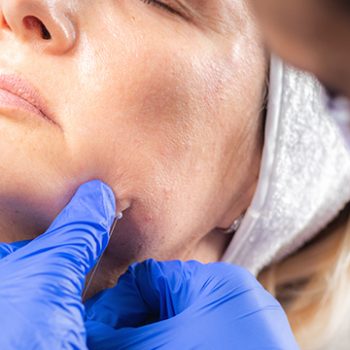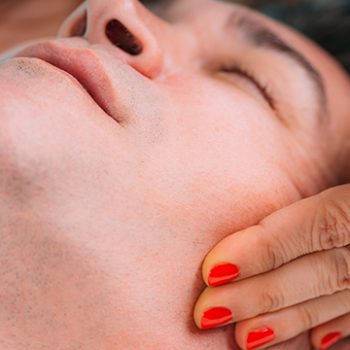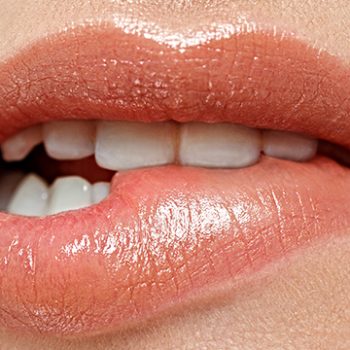Botox; is a type of drug that works by injecting, weakening the muscles and in some cases paralyzing them. It can be effective by injecting small doses into the wrinkles of people dealing with skin wrinkle problems. In addition, botox functions as an auxiliary element in some medical treatments.
What is Botox?
Botox is a drug treatment method that has been used for wrinkle treatments for many years. There are other alternatives such as Dysport and Xeomin. Botox is among the most frequently heard terms as it was the first injectable botulinum toxin. Botox is a protein made from Botulinum toxin produced by the bacteria Clostridium botulinum. This is the same toxin that causes botulism. Botox is a toxin, but doctors can benefit when used correctly and in small doses. It has both cosmetic and medicinal uses. Botox is applied to prevent skin wrinkles to a large extent. Also, the Food and Drug Administration (FDA) states that it has approved it as a treatment for a variety of health problems, including eyelid spasms, excessive sweating, certain bladder conditions, and migraines.
How Is Botox Used?
The usage areas of botox, which are deemed appropriate to be done by specialist doctors, vary. Doctors most commonly prefer botox to remove facial wrinkles. Although this is the main and frequently preferred reason, botox treatment may be preferred for various other cases. It can be effective in controlling many factors such as severe armpit sweating, cervical dystonia, a neurological disorder that causes severe neck and shoulder muscle spasms, uncontrollable flashing. In addition to these, it is seen that the treatment of eyes looking in different directions is effective on factors such as chronic migraine, overactive bladder problems.
How Does Botox Work?
If Botox application is done by specialist doctors, effective and accurate results are obtained. Botox blocks signals from nerves to muscles. The injected muscle cannot contract. Thus, wrinkles are loosened and softened. Factors such as crow’s feet, forehead lines, frown lines can enter into botox application areas. It does not help with wrinkles caused by the sun or gravity besides these factors.
How is Botox Treatment Made?
Botox applications are effective when the production stages are done by an expert and experienced doctors. Getting Botox takes only a few minutes. No anaesthesia is required during the application. A small needle is used to inject into specific muscles with only minor discomfort during administration. It is necessary to wait between 1 and 14 days to make sure that Botox has the desired effect. Alcohol consumption should be stopped at least 1 week before the procedure day. Aspirin and anti-inflammatory drugs should not be used to prevent bruising that may occur during treatment. In order not to spread the botox to another area after the application, rubbing or contact procedures should not be performed on the injection site for 24 hours. Your doctor may also recommend that you stay upright for 4 hours after vaccinations and rest for 1 day, avoiding heavy work.
How Long Does Botox Effect Last?
The botox effects observed after the application cover a period of approximately 3 to 6 months. For a treatment to take place again, it is expected that the effect has completely disappeared and the muscle movements will return to the past. As the muscles shrink, a decrease in the level of lines and wrinkles can be observed.
What are the Side Effects of Botox?
Botox side effects can be observed after injection. Bruising, which appears to disappear over time, is among the most common side effects. You may be faced with a headache problem that can be felt for 24 to 48 hours. Rare eyelid drooping; can occur as a result of rubbing the botox area. In some cases, a distorted smile or drooling is observed. In addition, dry eyes or severe tearing may occur. As in every application, slight pain or swelling may be observed around the injection site after botox procedures. Flu-like symptoms or a general feeling of discomfort or symptoms such as nausea, numbness, weakness in nearby muscles may occur. A less common but more serious side effect may be ptosis. This can make it difficult to see. The ptosis should go away once the botulinum toxin wears off within a few months. It is best to consult your eye doctor about other options. To help reduce the chance of side effects, your doctor may recommend using eye drops or ointments after botulinum toxin injection. You may also be asked to sit upright and not apply pressure to the treated area for approximately 4 hours after the injection.
To Whom Botox Should Not Be Applied?
Some people are not suitable for Botox application. Botox is not applied to people with neurological diseases, especially pregnant or breastfeeding women. Botox is not suitable for people who are allergic to the protein in cow’s milk. Appropriate criteria must be met to make botox, and not every wrinkle formation may be compatible with botox. First of all, suitability is decided by examining a specialist doctor.
Does Health Insurance Pay for Botox?
Health insurance payments for Botox are not possible. Because this is an application based on cosmetic reasons. You can contact your health insurance company to master the full procedure.
Does Botox Applications Create Risk?
As with any medical practice, botox stages have risk factors. It should be applied by specialist doctors by avoiding the application areas under the stairs. In case of possible side effects and complications, pain, swelling or bruising may be observed at the injection site. Headache or flu-like symptoms, droopy eyelids or crooked eyebrows, as well as crooked smiles or drooling, may occur. Although very unlikely, the toxin from the injection can spread throughout the body.
What Are Botox Complications?
Although rare, botox complications may occur after the application. You should contact your doctor without wasting time to detect factors such as muscle weakness, vision problems, speech or swallowing problems, breathing problems, loss of bladder control. These complications may also occur after a few weeks.
How should a doctor be selected in Botox Applications?
The preferred doctor for Botox application; should be someone who is an expert in the field and has long-term experience. Adjusting the Botox dose well helps prevent potential problems. Therefore, your health needs to make the right decisions after detailed doctor research. A qualified and suitably certified doctor can advise you on the procedure and help you decide what is best for your needs and health.
What is the Pre-Botox Process?
Knowing the pre-botox process allows you to act consciously. Most people do not feel much discomfort during the procedure. However, you may want to have your skin anaesthetized beforehand, especially if your palms or soles are experiencing excessive sweating. In such cases, options such as tropical anaesthesia, ice and vibration anaesthesia can be used.
What are the Things to Know at the Time of Botox Application?
It is best to leave yourself to your doctor during the Botox procedure. Botox injections are usually given in the doctor’s office. During the application, botulinum toxin is injected into your wrinkled areas with fine-tipped needles. Determining the number of injections varies according to your application areas.
What is the Post Botox Process?
It is important to have information about the post-botox process so that you do not experience possible complications. Do not rub or massage the treated areas for 24 hours. Otherwise, the injected toxins will disperse to different regions, preventing the desired result. You can return to your normal activities immediately after the procedure.
What Is Botulinum Toxin For Facial Wrinkles?
The use of botulinum toxin in facial wrinkles produces effective results. The first signs of ageing usually start with wrinkles around the eyes, forehead, cheeks and lips. Wrinkles are a normal feature of the human face. Some people may be psychologically disturbed and try to heal. Their goal is to eliminate the tired and old appearance. To reduce the appearance of wrinkles, people prefer botulinum toxin injection. Effective solutions can be obtained as the injection sessions are repeated at certain periods.
What are the Wrinkle Types?
Wrinkle types are divided into two. These; are very fine lines and wrinkles with dynamic wrinkles. Dynamic wrinkles are caused by facial muscles that move when you smile, laugh, and squint. These are usually found around the lips, on the forehead and between the eyebrows. They are also called crowbars, located at the corner of your eyelids. Everyone is born with dynamic wrinkles. As you get older, these wrinkles get deeper and easier to see. To prevent these clarifications, improvement practices can be applied with different techniques. The weakening of collagen in the skin triggers the formation of wrinkles. Collagen is the protein just below and inside the deep skin layers. Ageing and sun damage cause collagen thinning. Botulinum toxin does not erase fine lines and wrinkles. However, there are other ways to reduce their appearance. You can start the treatment with the most appropriate method after you talk to your doctor in detail about the treatment method that suits you and convey all your expectations.
Who Can Have Botulinum Toxin Injection?
The main criterion for having a botulinum toxin injection is to be a healthy and adult individual. It is not suitable for people with a neuromuscular disease or problems such as multiple sclerosis or myasthenia gravis. Pregnant or lactating women are also not suitable because they have to thin their facial muscles. If you are planning to have a botulinum toxin injection, you should tell your doctor about your medical history and all prescription medications, vitamins, and herbal supplements you are taking. While botulinum toxin injections can help, they sometimes cause side effects or other health problems.
Are Botox and Botulism the Same?
Botulism and botox are not the same. The bacterium that causes botulism is clostridium botulinum. It is not part of the treatment or neurotoxin. Botulinum toxin A, the only ingredient used in Botox injections, is carefully extracted, purified, and standardized in FDA-approved doses. Also, the dosage is so small, it cannot go beyond the muscle tissue where it is injected, meaning Botox has little chance of reaching the bloodstream.
What are the Factors Affecting the Botox Price?
The role of the doctor is great among the most effective factors in the pricing of Botox applications. Pricing develops depending on many factors; It is carried out by determining whether the application is for medical or cosmetic purposes. Factors such as who provided the treatment, where it was performed, and the number of botox units participating in the application is impressive factors.
How Much Does Botox Cost?
The price range of Botox applications can vary between 600 TL and 5,000 TL. Among the factors that are effective in the formation of this price difference, the purpose of the treatment is the most decisive point. Except for necessary cases, it is within the sphere of influence to be made for aesthetic purposes. Various factors such as clinical conditions, materials to be used, and past savings are effective in determining the price. For clear price information, you need to make an appointment with your doctor and be examined. After that, your suitability for botox and in which areas you need application are examined in detail. Having the right information exchange with your doctor positively affects the satisfaction level of your botox process.

 English
English Français
Français Deutsch
Deutsch Türkçe
Türkçe 中國人
中國人